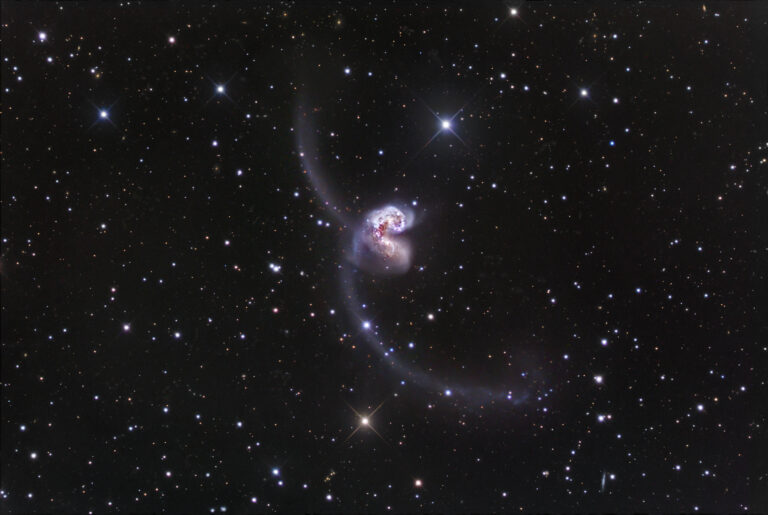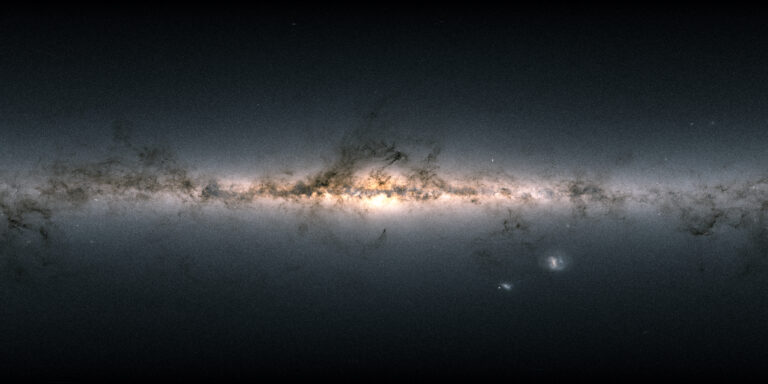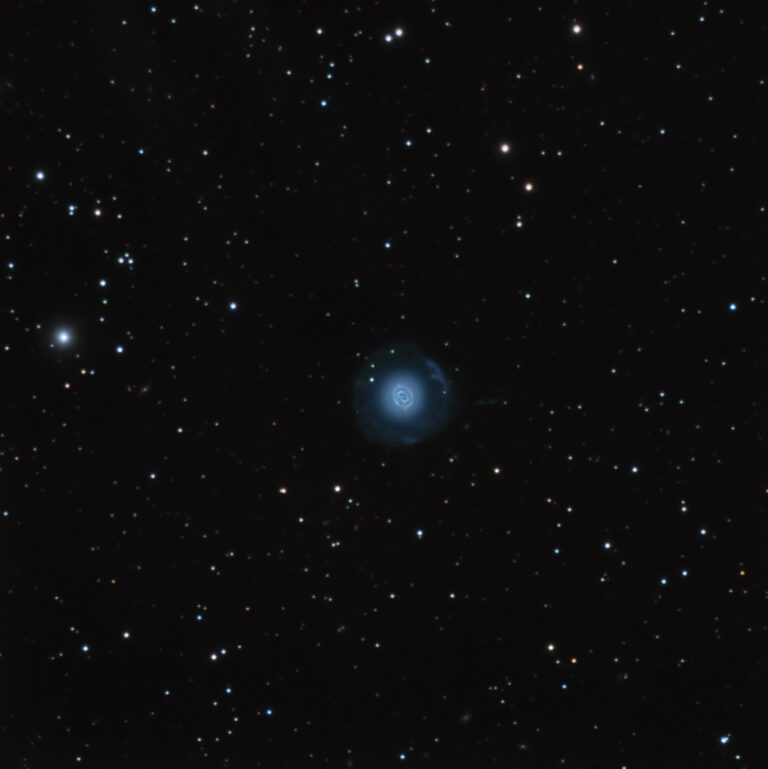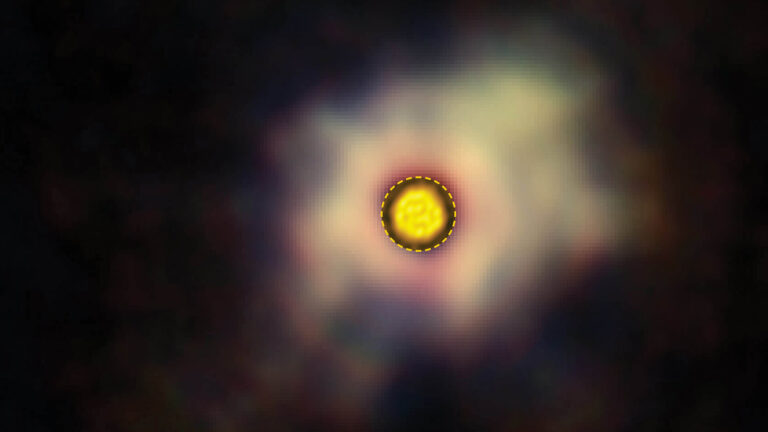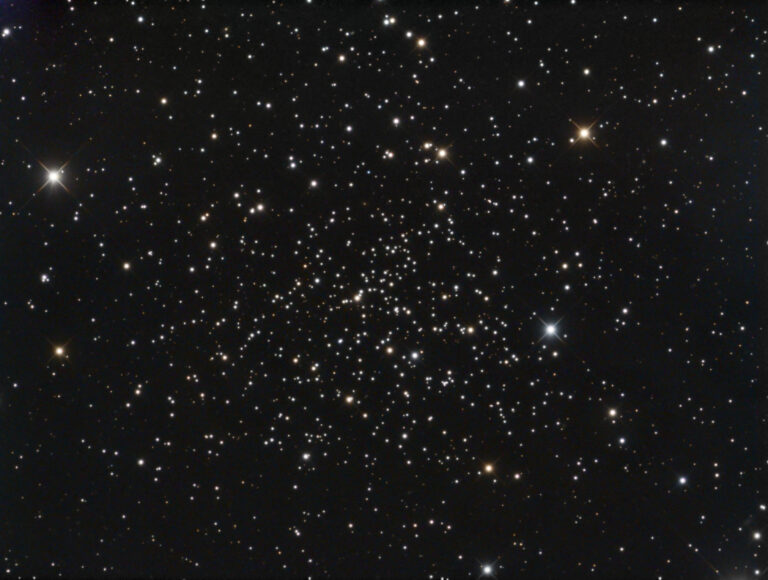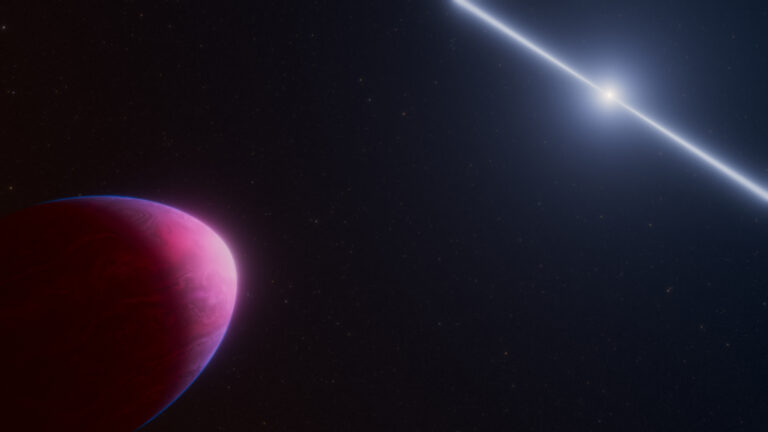Key Takeaways:
Targets for February 12–19, 2015
Small telescope: Double stars in Gemini and Lynx
Small telescope: Open cluster NGC 2414
Large telescope: The Medusa Nebula (Abell 21)
This week’s first small-telescope target is a pair of winter double stars. The first, Wasat (Delta [δ] Geminorum) is an easy naked-eye star that sits in the middle of the constellation Gemini the Twins.
The primary shines at magnitude 3.5 and is white. Its much fainter companion glows at magnitude 8.2 and appears orange. The pair’s separation is 6.8″. Although that distance won’t challenge any telescope, be sure to use a magnification of 100x or more to split the two components.
The name Wasat comes from the Arabic Al Wasat, which means “middle.” This may refer to the center of the constellation (more specifically, one of the twins — Pollux), or to the star’s position, less than 0.2° from the ecliptic, the Sun’s apparent path through the stars as seen from Earth.
The second of our double stars is 19 Lyncis in the constellation Lynx.
You’ll split this pair through any telescope because it has a reasonably wide separation of 14.8″. The primary shines sunflower yellow at magnitude 5.6, while the secondary appears medium-blue and not too far behind in brightness — magnitude 6.5.
To locate this star, look 10.5° west-southwest of magnitude 3.4 Muscida (Omicron [ο] Ursae Majoris). Large-scope owners might want to note that the rich galaxy cluster Abell 576 lies 0.5° to the north-northwest of 19 Lyncis.
Any planets inside?
This week’s second small-scope object is open cluster NGC 2414 in the constellation Puppis the Stern. It shines at magnitude 7.9 and measures 6′ across. To find it, look 7.1° due east of magnitude 4.1 Gamma (γ) Canis Majoris.
Don’t confuse it with nearby open cluster luminaries M46 and M47. NGC 2414 lies 1.3° southwest of M47.
The first thing you’ll notice when you aim your telescope at this object is a central bright star — magnitude 8.2 SAO 153056. A 4-inch telescope at a magnification of 150x will reveal about 15 stars around it. Step up to an 8-inch scope and the star count will double to 30.
Because NGC 2414 is a young cluster — around 9.5 million years old — astronomers are searching its stars for those with an excess of infrared radiation. Observations of such stars may point to ongoing accretion-disk processes and likely the formation of planets.
NGC 2414 is located about 11,000 light-years from Earth.
Why did it have to be snakes?
This week’s large-telescope target is the Medusa Nebula, also known as planetary nebula Abell 21 and Sharpless 2–274 in Gemini.
It lies 4.3° southeast of magnitude 3.6 Lambda (λ) Geminorum.
Although the nebula has a moderate listed brightness — magnitude 10.3 — it can be tough to spot through an 8-inch telescope unless your sky conditions are ideal. That’s because it’s huge for a planetary nebula — 615″ across.
If you can pull it in, expect to see a fat, discontinuous arc of nebulous material with numerous dark gaps. A wedge on the northern end and a round region due south are the nebula’s brightest areas. An Oxygen-III filter really will help with this object. Step up to a 16-inch telescope to get a really good look.
This object’s common name comes from the braided filaments of glowing hydrogen that, on long-exposure images, resemble the Gorgon Medusa’s dreadful locks.
Expand your observing at Astronomy.com
StarDome
Check out Astronomy.com’s interactive StarDome to see an accurate map of your sky. This tool will help you locate this week’s targets.
The Sky this Week
Get a daily digest of celestial events coming soon to a sky near you.
Observing Talk
After you listen to the podcast and try to find the objects, be sure to share your observing experience with us by leaving a comment at the blog or in the Reader Forums.






